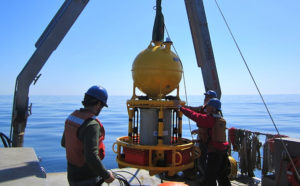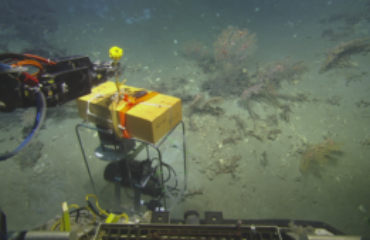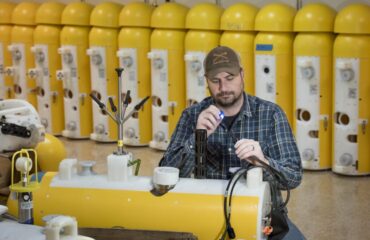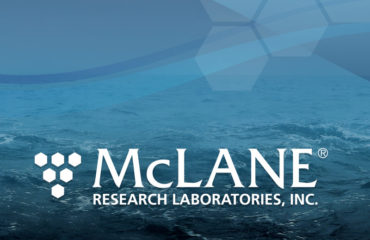ESP samplers are helping US regulatory agencies and shellfish managers spot potential harmful algae blooms this summer along the East and West Coasts.
In the Gulf of Maine, three ESP sites will monitor for the presence of toxin-producing Alexandrium fundyense and Pseudo-nitzschia, while along Seattle’s La Push coast in the Pacific Ocean, an ESP will sample for dangerous levels of the toxin domoic acid produced by microscopic algae. Both of these programs are funded by NOAA.
Warm summer water temperatures have been known to contribute to the increase in levels of toxic microorganisms, delaying or even cancelling shellfish harvests. Leaving the ESP in remote offshore monitoring locations has been successful at providing cell abundance information in hours, rather than days or weeks.
The ESP (Environmental Sample Processor) is an in-situ laboratory research platform that concentrates microorganisms or particulates from discrete water samples onto 25mm membrane filters. Analytical (array) pucks contain printed DNA or protein-based arrays designed to react only to specific rRNA or toxin targets. Contact us for more information.




